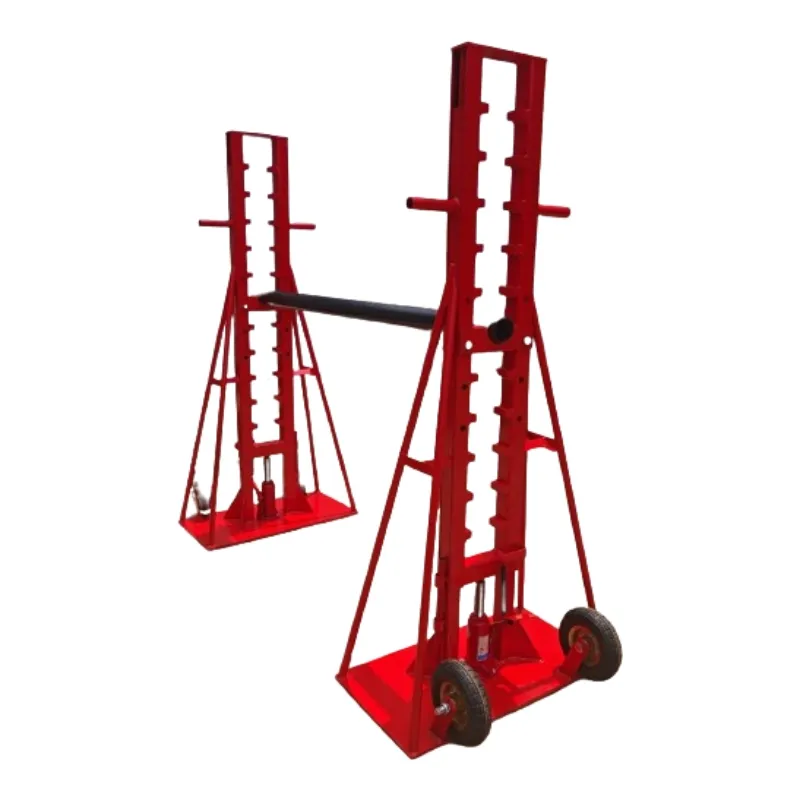
-
 Afrikaans
Afrikaans -
 Albanian
Albanian -
 Amharic
Amharic -
 Arabic
Arabic -
 Armenian
Armenian -
 Azerbaijani
Azerbaijani -
 Basque
Basque -
 Belarusian
Belarusian -
 Bengali
Bengali -
 Bosnian
Bosnian -
 Bulgarian
Bulgarian -
 Catalan
Catalan -
 Cebuano
Cebuano -
 Corsican
Corsican -
 Croatian
Croatian -
 Czech
Czech -
 Danish
Danish -
 Dutch
Dutch -
 English
English -
 Esperanto
Esperanto -
 Estonian
Estonian -
 Finnish
Finnish -
 French
French -
 Frisian
Frisian -
 Galician
Galician -
 Georgian
Georgian -
 German
German -
 Greek
Greek -
 Gujarati
Gujarati -
 Haitian Creole
Haitian Creole -
 hausa
hausa -
 hawaiian
hawaiian -
 Hebrew
Hebrew -
 Hindi
Hindi -
 Miao
Miao -
 Hungarian
Hungarian -
 Icelandic
Icelandic -
 igbo
igbo -
 Indonesian
Indonesian -
 irish
irish -
 Italian
Italian -
 Japanese
Japanese -
 Javanese
Javanese -
 Kannada
Kannada -
 kazakh
kazakh -
 Khmer
Khmer -
 Rwandese
Rwandese -
 Korean
Korean -
 Kurdish
Kurdish -
 Kyrgyz
Kyrgyz -
 Lao
Lao -
 Latin
Latin -
 Latvian
Latvian -
 Lithuanian
Lithuanian -
 Luxembourgish
Luxembourgish -
 Macedonian
Macedonian -
 Malgashi
Malgashi -
 Malay
Malay -
 Malayalam
Malayalam -
 Maltese
Maltese -
 Maori
Maori -
 Marathi
Marathi -
 Mongolian
Mongolian -
 Myanmar
Myanmar -
 Nepali
Nepali -
 Norwegian
Norwegian -
 Norwegian
Norwegian -
 Occitan
Occitan -
 Pashto
Pashto -
 Persian
Persian -
 Polish
Polish -
 Portuguese
Portuguese -
 Punjabi
Punjabi -
 Romanian
Romanian -
 Russian
Russian -
 Samoan
Samoan -
 Scottish Gaelic
Scottish Gaelic -
 Serbian
Serbian -
 Sesotho
Sesotho -
 Shona
Shona -
 Sindhi
Sindhi -
 Sinhala
Sinhala -
 Slovak
Slovak -
 Slovenian
Slovenian -
 Somali
Somali -
 Spanish
Spanish -
 Sundanese
Sundanese -
 Swahili
Swahili -
 Swedish
Swedish -
 Tagalog
Tagalog -
 Tajik
Tajik -
 Tamil
Tamil -
 Tatar
Tatar -
 Telugu
Telugu -
 Thai
Thai -
 Turkish
Turkish -
 Turkmen
Turkmen -
 Ukrainian
Ukrainian -
 Urdu
Urdu -
 Uighur
Uighur -
 Uzbek
Uzbek -
 Vietnamese
Vietnamese -
 Welsh
Welsh -
 Bantu
Bantu -
 Yiddish
Yiddish -
 Yoruba
Yoruba -
 Zulu
Zulu


Dec . 15, 2024 09:16 Back to list
Hydraulic Crimping Equipment for Precision Wire and Cable Connections
Understanding Hydraulic Crimping Machines A Key Tool in Many Industries
Hydraulic crimping machines are pivotal tools widely utilized in various industries for the purpose of joining cables, hoses, and other components effectively and securely. These machines harness the power of hydraulic pressure to provide a strong and reliable crimping force, making them essential in fields such as automotive, aerospace, telecommunications, and manufacturing.
The Basics of Hydraulic Crimping
At its core, a hydraulic crimping machine operates by using hydraulic fluid to generate pressure, which is then transferred to a crimping die. This die is designed to deform the material being crimped, typically metal connectors or terminal ends, which are then permanently attached to the wire or hose. The process ensures that the connection is not only strong but also resistant to wear and tear, making it suitable for high-stress applications.
Key Components of Hydraulic Crimping Machines
Hydraulic crimping machines consist of several critical components
1. Hydraulic Pump This component generates the hydraulic pressure necessary for operation. It can be manual, electric, or powered by a combustion engine, depending on the machine's design and intended use.
2. Crimping Die The crimping die is vital as it determines the shape and size of the crimp. Dies come in various profiles and sizes to accommodate different materials and design specifications.
3. Frame The frame provides support and stability to the machine. It is often constructed from durable materials to withstand the considerable forces involved in the crimping process.
hydraulic crimping machine

Applications of Hydraulic Crimping Machines
The applications of hydraulic crimping machines are extensive due to their versatility. In the automotive industry, they are used to crimp electrical connectors and hoses, ensuring secure connections that are vital for vehicle safety and performance. In aerospace, they play a critical role in assembling wiring harnesses for aircraft, where reliability is paramount.
Telecommunications companies utilize hydraulic crimping machines to attach connectors to coaxial cables and fiber optics, safeguarding the integrity of data transmission. In manufacturing, these machines are indispensable for producing high-quality hydraulic hoses and tubes essential for machinery and equipment.
Advantages of Using Hydraulic Crimping Machines
One of the primary advantages of hydraulic crimping machines is their ability to exert significant force, making them suitable for crimping larger or tougher materials. The hydraulic mechanism allows for consistent pressure application, which results in uniform and quality crimps every time. Additionally, these machines tend to be easier to operate than mechanical crimpers, especially in high-volume production environments.
Moreover, hydraulic crimping machines can often handle a range of materials, from soft metals to more durable alloys, enhancing their usability across various projects. As technology advances, many new models are being equipped with features like automatic cycle times, built-in pressure sensors, and data logging, which improve operational efficiency and provide valuable insights for further process optimization.
Conclusion
In conclusion, hydraulic crimping machines are indispensable tools that significantly enhance productivity and reliability across multiple sectors. Their ability to create strong, durable connections makes them a preferred choice for professionals in engineering, manufacturing, and construction. As industries continue to evolve and demand greater efficiency and quality, the role of hydraulic crimping machines will undoubtedly remain integral to successful operations.
Latest news
What Are Construction Tools and How Are They Used?
NewsJul.11,2025
Professional-Grade Duct Rodding Tools for Superior Cable Installation
NewsJul.11,2025
Enhancing Safety and Efficiency with Modern Hot Stick Solutions
NewsJul.11,2025
Empowering Cable Installation with Advanced Rodder Solutions
NewsJul.11,2025
Elevate Your Cable Installation Projects with Cable Pulling Tools
NewsJul.11,2025
Efficient Cable Handling Solutions: Cable Rollers for Sale
NewsJul.11,2025











